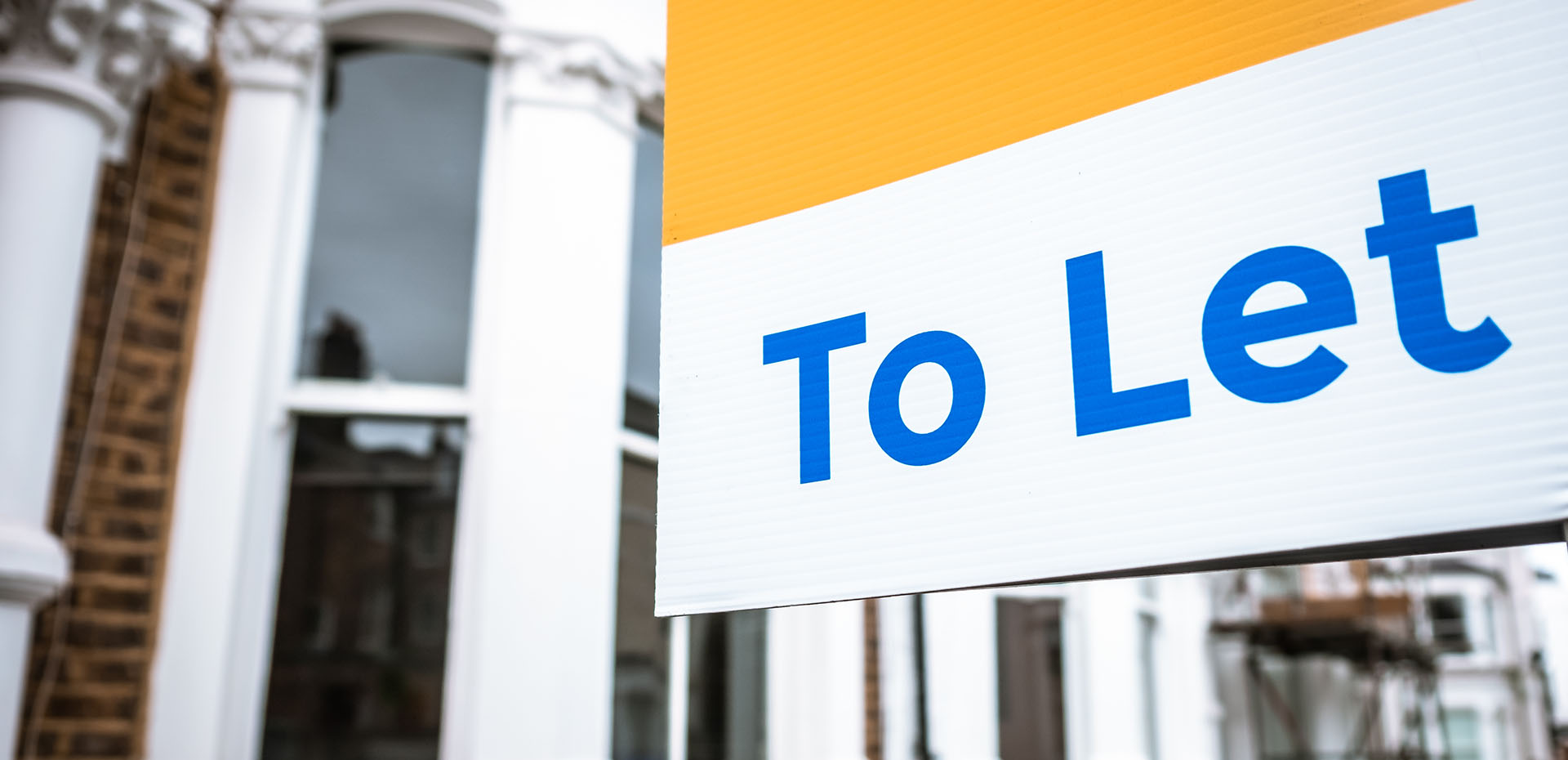If you are thinking of becoming a landlord, this blog is for you. It outlines key considerations for if you are applying for a Buy to Let mortgage, including financial requirements and lender expectations.
Buying a property as an investment can be very lucrative but it’s important to be prepared for the Buy to Let mortgage application process, as it can be more complex than applying for the more traditional residential mortgage.
The basics of Buy to Let mortgages
You’ll need a Buy to Let mortgage if you are borrowing money to purchase a property as an investment – to rent it out. A normal residential mortgage won’t be considered by lenders.
There are lots of deals around whether you are a first-time landlord, an ‘accidental’ one or a seasoned investor with a large portfolio. They can be tricky to navigate which is why many turn to a trusted, experienced mortgage broker.
How Loan to Value (LTV) affects your borrowing power
You’ll need to know your LTV ratio prior to applying for a Buy to Let mortgage. This relates to the sum you are borrowing compared to the property value.
A high LTV is a greater risk to lenders and means you might only be offered a mortgage deal with a higher rate of interest. Whereas a low LTV ratio can mean lower monthly mortgage repayments. There are many benefits to having a low LTV, including more equity in your property.
To work out your LTV, take away the sum of your deposit from the value of the property. Then decipher the difference between the remaining value and your mortgage sum, as a percentage.
Aim to put down as large a deposit as you comfortably can, as this will lower your LTV.
The importance of rental income calculations
To truly get a feel for how your investment will look, you will need to know the potential rental yield of the property you are considering purchasing.
For this, you will need in-depth analysis of the rental market in the area you hope to buy in. And you will need to know the property type and the monthly rent you hope to achieve – this figure is then calculated by a qualified surveyor.
Lenders use the Interest Cover Ratio (ICR) – the rental income compared against the mortgage repayments – to establish your suitability for your Buy to Let mortgage.




